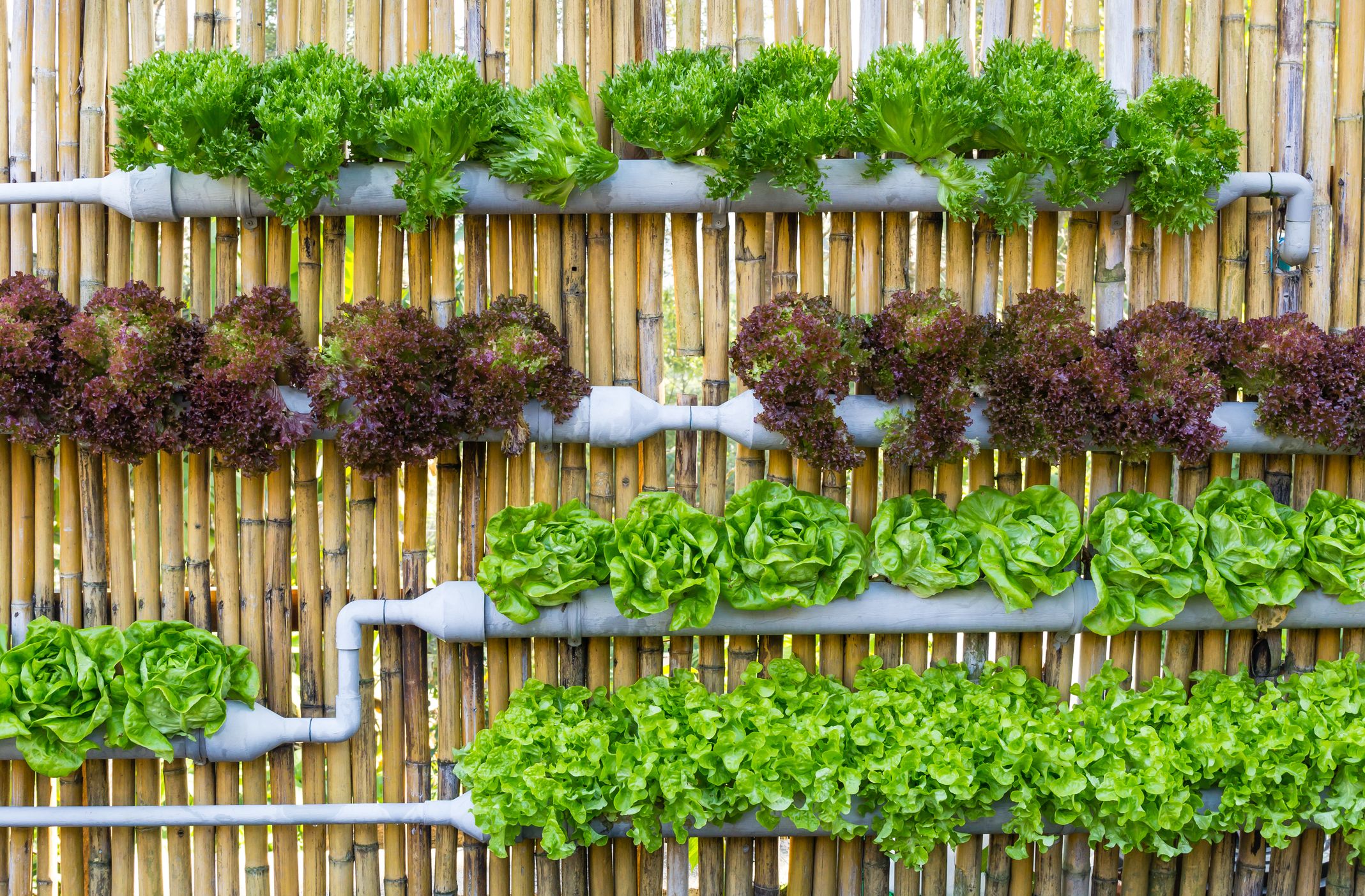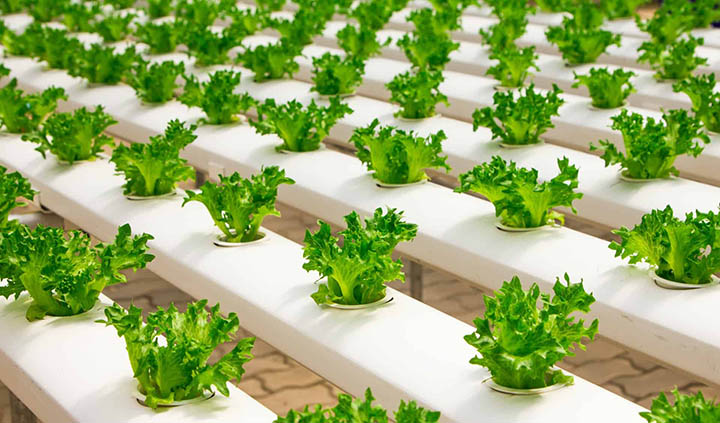Hydroponics, derived from the Greek words “hydro” (water) and “ponos” (labor), is a method of growing plants without soil, using mineral nutrient solutions in an aqueous solvent. As water conservation becomes more crucial, and people wish to cultivate plants in non-traditional settings, hydroponics has surged in popularity. Here’s how you can craft your very own hydroponic system at home.

Benefits of Hydroponics:
- Faster Plant Growth: With the right conditions, plants can grow up to 25% faster and produce up to 30% more than plants grown in soil.
- Water Conservation: Uses up to 90% less water than traditional farming.
- Space-saving: Perfect for urban environments with limited space.
- No Soil-borne Diseases: Reduced risk of diseases and pests.
Types of Hydroponic Systems:
- Wick System: The simplest type where the nutrient solution is drawn into the growing medium via wicks.
- Deep Water Culture (DWC): Plants are suspended in nutrient-rich water with an air stone providing oxygen to the roots.
- Nutrient Film Technique (NFT): A thin film of nutrient solution flows over the roots in a tilted tray.
- Ebb and Flow (Flood and Drain): Periodically floods the grow tray with nutrient solution, then drains back.
- Drip System: A timed drip line delivers nutrient solution to the base of each plant.
- Aeroponics: Roots hang in the air and are misted with nutrient solution.
Crafting a Basic Deep Water Culture (DWC) System:
Materials:
- A large container or storage tub (for the reservoir).
- An aquarium air pump and air stone.
- Hydroponic nutrients.
- pH control kit.
- Net pots or cups.
- Growing medium (like hydroton or rock wool).
- Plants or seeds.
- A lid or cover for the container.
Steps:
- Reservoir Setup: Fill the container with water, leaving about an inch from the top. This will be the nutrient reservoir.
- Air Supply: Attach the air stone to the air pump and place it in the reservoir. This ensures that the roots get ample oxygen.
- Lid Preparation: Cut holes in the lid large enough for the net pots to sit in. Ensure the plants will be partially submerged in the nutrient solution.
- Plant Preparation: If using seeds, plant them in the growing medium in the net pots. If using plant cuttings or seedlings, transplant them into the net pots.
- Nutrient Mixture: Following the instructions on your hydroponic nutrient label, mix the appropriate amount of nutrients into the water. Check and adjust the pH to the recommended level for your plants using the pH control kit.
- Maintenance: Monitor the pH and nutrient levels weekly, adjusting as necessary. Also, ensure the water level remains consistent in the reservoir.
Tips for Success:
- Lighting: Most plants require a significant amount of light. Consider investing in LED grow lights if natural light is insufficient.
- Temperature: Maintain a stable environment, ideally between 68°F to 72°F (20°C to 22°C) for optimal growth.
- Regular Monitoring: Check your plants daily for any signs of nutrient deficiencies, pests, or diseases.
- Cleanliness: Ensure your system remains clean to prevent the proliferation of harmful pathogens.
Conclusion:
Building a DIY hydroponics system is a rewarding endeavor that can yield bountiful results. It offers a sustainable and efficient method of growing plants in varied settings. With patience and consistent care, you can enjoy fresh produce all year round from the comfort of your home. Happy gardening!










